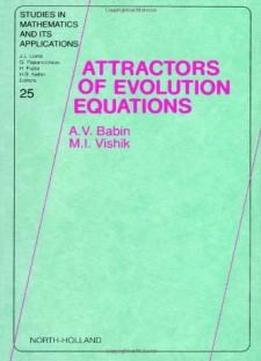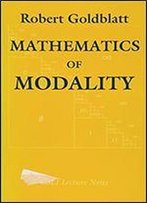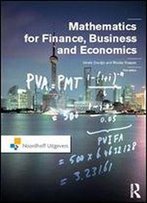
Attractors Of Evolution Equations (studies In Mathematics And Its Applications)
by M. I. Vishik /
1992 / English / DjVu
4.7 MB Download
Problems, ideas and notions from the theory of finite-dimensional
dynamical systems have penetrated deeply into the theory of
infinite-dimensional systems and partial differential equations.
From the standpoint of the theory of the dynamical systems, many
scientists have investigated the evolutionary equations of
mathematical physics. Such equations include the Navier-Stokes
system, magneto-hydrodynamics equations, reaction-diffusion
equations, and damped semilinear wave equations. Due to the recent
efforts of many mathematicians, it has been established that the
attractor of the Navier-Stokes system, which attracts (in an
appropriate functional space) as t - # all trajectories of this
system, is a compact finite-dimensional (in the sense of Hausdorff)
set. Upper and lower bounds (in terms of the Reynolds number) for
the dimension of the attractor were found. These results for the
Navier-Stokes system have stimulated investigations of attractors
of other equations of mathematical physics.
Problems, ideas and notions from the theory of finite-dimensional
dynamical systems have penetrated deeply into the theory of
infinite-dimensional systems and partial differential equations.
From the standpoint of the theory of the dynamical systems, many
scientists have investigated the evolutionary equations of
mathematical physics. Such equations include the Navier-Stokes
system, magneto-hydrodynamics equations, reaction-diffusion
equations, and damped semilinear wave equations. Due to the recent
efforts of many mathematicians, it has been established that the
attractor of the Navier-Stokes system, which attracts (in an
appropriate functional space) as t - # all trajectories of this
system, is a compact finite-dimensional (in the sense of Hausdorff)
set. Upper and lower bounds (in terms of the Reynolds number) for
the dimension of the attractor were found. These results for the
Navier-Stokes system have stimulated investigations of attractors
of other equations of mathematical physics.











